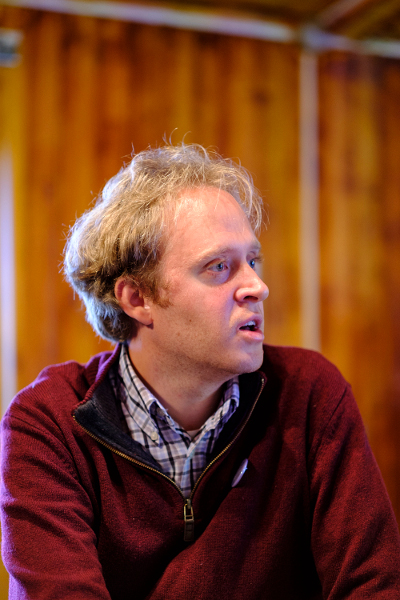World Wetlands Day: A countdown from St Petersburg
Eugene Genelt-Yanovskiy, 35, Baltic Fund for Nature worker based in St Petersburg, Russia
Due to its location in Neva river delta, St Petersburg has one of the biggest sources of fresh drinking water in the world. We never have water shortages in any season throughout the year.
The main sources of this water are peat bogs, thus the water is very clean. St Petersburg is located on several islands that shape the architectural landscape of the city. Tourist guides often write that the main street in St Petersburg is Neva River. There is also a lot of water traffic through the city, since Neva River connects the Baltic Sea with Ladoga Lake. Moreover, during the summer time numerous boats arrange river and canal tours for visitors of the city. Despite enormous economic development, there are still many sites of reed beds and other wetlands within the limits and around the city of St Petersburg. These wetlands are important stopover sites for many water-related birds including threatened Bewick’s swans.
The history of St Petersburg started in 1703 from exploration of enormous wetlands, particularly wet reed beds and alder swamps. Some of the city islands’ names originate from their wetland beginnings, such as Ruffle Island. Islands facing Gulf of Finland historically were transformed into parks to have a sea or river view, which is also a typical feature of our landscape. The shortest but one of the most known and beautiful canals in the city still keeps the relatively odd name – The Swan’s Groove.
Beaches attract thousands of people throughout the year – skiing and ice skating in winter, sunbathing in summertime. People also enjoy fishing, both from ice and from boats. There are seven nature reserves on this shoreline, and people visit them for walking in nature and sometimes for wildlife watching.
A lot of my work is related to wetlands, in terms of research, conservation, education and communication and I cannot imagine our city without them.

